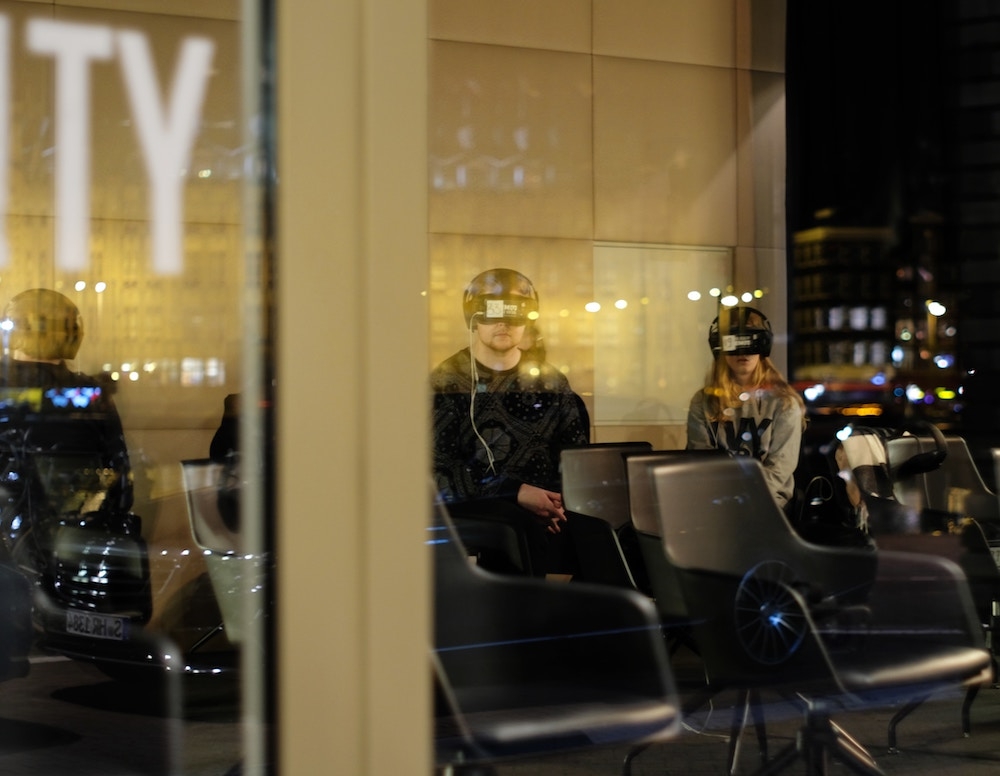
 Why AR Beat VR
Why AR Beat VR
Other | Friday 2nd February 2018 | Gracie
What was only hypothesized a mere two years ago is now accepted as conventional wisdom: augmented reality is winning out over virtual reality.
With the mixed AR and VR market being projected at a dizzying $108billion (that’s million with a B) by 2021, the lion’s share of $83bn is expected to go to AR. And although many have written about the business pivots and fails that have notably contributed to this previously unexpected change in the “reality” landscape, it is interesting to lift the veil and trace the links between a technology’s success, and our own human needs. Always at that intersection, lie the secrets to a technology’s mass adoption.

Tech giant’s including Snapchat, Facebook, Google, and Apple have all invested heavily in AR, with these efforts proving ever more concentrated than those spent on their VR counterparts. AR and VR fulfil very different human needs. Simply put:
AR augments our own reality.
VR replaces it.
This is a question of depth of experience, versus breadth of contexts in which the tech may be useful. Or in other words: although both layering and replacing our reality both have their place in our lives, the former can be useful to us at a greater number of points throughout our day. Where VR might immerse us in a beautiful travel experience, a tantalising porn fantasy, or a terrifying video game, AR can help us choose healthier groceries, try on clothes, find the right bus stop, or redesign our living room without leaving the sofa. And of course, catch Pokémon. It isn’t that VR is becoming increasingly redundant or less of a jewel in our magpie eyes, but rather that our day-to-day has less space for a replacer technology than one that enhances our world.

As humans, we’ve been augmenting reality since organised civilisations came to being. Ancient Egyptian women wore kohl to augment the shape of their eyes and we have only delved further into this concept with the eye-watering range of cosmetics now available to women and men who seek to make themselves appear more than what they naturally are.
Fashion seeks to enhance the body using tailored cloth, and humans the world overindulge in hallucinogenic trips to experience an altered reality only they can see. Men wear beards to hide bad skin, and brands use Photoshop to push societal ideals of perfection to unattainable heights. Augmentation is far from a new concept; just because it is facilitated through digital technologies does not make it inherently different on a human level.
The truth is a simple one (for once): it is more exciting to overlay than it is to replace. Consider this scenario: you are newly engaged and buzzing at the idea of finding your perfect ring. Trying Tiffany & Co solitaires on your hand (that hand with the scar you got when you fell off your bike aged 6, and the manicure you got on Saturday) without leaving your sofa, and then sending photos of that imperfect-but-definitely-yours-hand to your mother (she was there when you took that tumble, after all) is fundamentally more magical than donning a VR headset to see what the developer thought was the perfect representation of a human hand, wearing beautiful jewels.
A greater number of use cases throughout the day, coupled with infinitely lower barriers (all you have to do, after all, is take your phone from your pocket) mean augmentation has a bigger role to play in helping us navigate our lives. AR allows us to experience our world in new ways, far more often than virtual reality affords us the ability to step into an entirely fabricated one. And that’s why it won.

Which brings us to a question worth considering in the years to come. If AR has won, what of its regulation? If every time we brush our phones in front of our faces to scan our natural world we are greeted with a brand, governmental, charity, or free content, how should this be managed? Who should be allowed to place digital augmented content on our streets, or even in our homes? Leave your thoughts below, or drop me a line if you feel like this topic warrants a coffee!
Main Photo by Christian Fregnan on Unsplash
